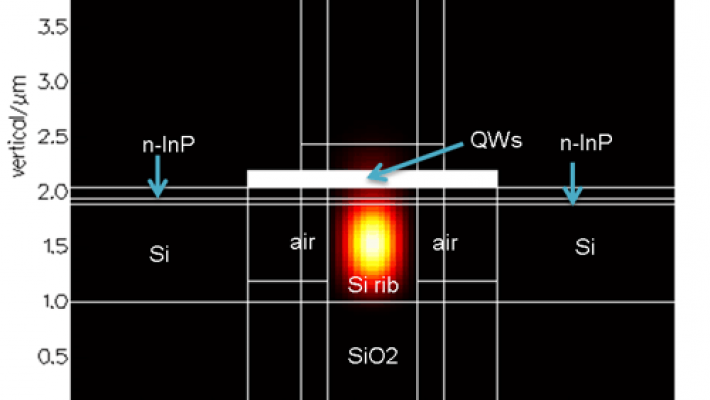Blog


HAROLD Version 7.1 Release
HAROLD version 7.1 new feature highlights
- Harold, HaroldXY and HaroldVCSEL modules: added wurtzite model for simulating nitride-based lasers; added support for non-linearly graded layers.
- HaroldXY and HarlodVCSEL module: added thermionic emission model.
- HaroldQCSE module: previously HaroldEAM; improved accuracy of refractive index spectra; enabled randomization of epilayer parameters.
- Harlold-PICWave link: is now fully scriptable and no longer reliant on use of the clipboard.
Full feature list:
HAROLD
- Added model for simulating wurtzite crystal materials
- Improvements to the simulation results dialog.
- Results are now grouped to make them easier to find.
- Spectral results can be plotted vs. wavelength or photon energy
HAROLD XY
- Added thermionic emission model
- Simulation results:
- Modal gain spectrum now correctly takes account of the leftSymmetryPlane setting.
- Spontaneous emission spectrum changed to match the stated units.
- Multiple Material or Profile results may now be plotted simultaneously
- Material file upgrades:
- Added material parameters for wurtzite model:
- Added option for strain energy shifts to be calculated from deformation potentials and stiffness coefficients
- Added material files for wurtzite materials InGaN and AlGaN.
- Added support for binary material files and changed the material file naming convention
HAROLD QCSE
- Renamed HAROLD EAM module to HAROLD QCSE
- Improved accuracy of Permittivity Solver, in particular the real-refractive index spectra
- Improvements to the Poisson-Drift-Diffusion solver stability
- Added hard-wall boundary conditions in Schrödinger solver (now the default)
- Enabled randomisation of epilayer parameters
- Speed/efficiency improvements in exciton solver
- PICWave export is now fully scriptable and not reliant on use of the clipboard
- GUI improvements, making it possible to plot:
- The change in permittivity/absorption/refractive index with respect to the first simulated bias;
- The permittivity/absorption/refractive index vs. bias at the specified wavelength/photon energy
HAROLD VCSEL
- Added thermionic emission model
- Cavity mode solver upgrades:
- Cavity modes can now be individually activated/deactivated
- The radius for the cavity mode solver can now be set independently of the device radius
- Improvements to the simulation results:
- Spontaneous emission spectrum changed to match the stated units.
- Multiple Material or Profile results may now be plotted simultaneously
For more information about the powerful hetero-structure simulator for modeling Fabry-Perot quantum well lasers, click here.

